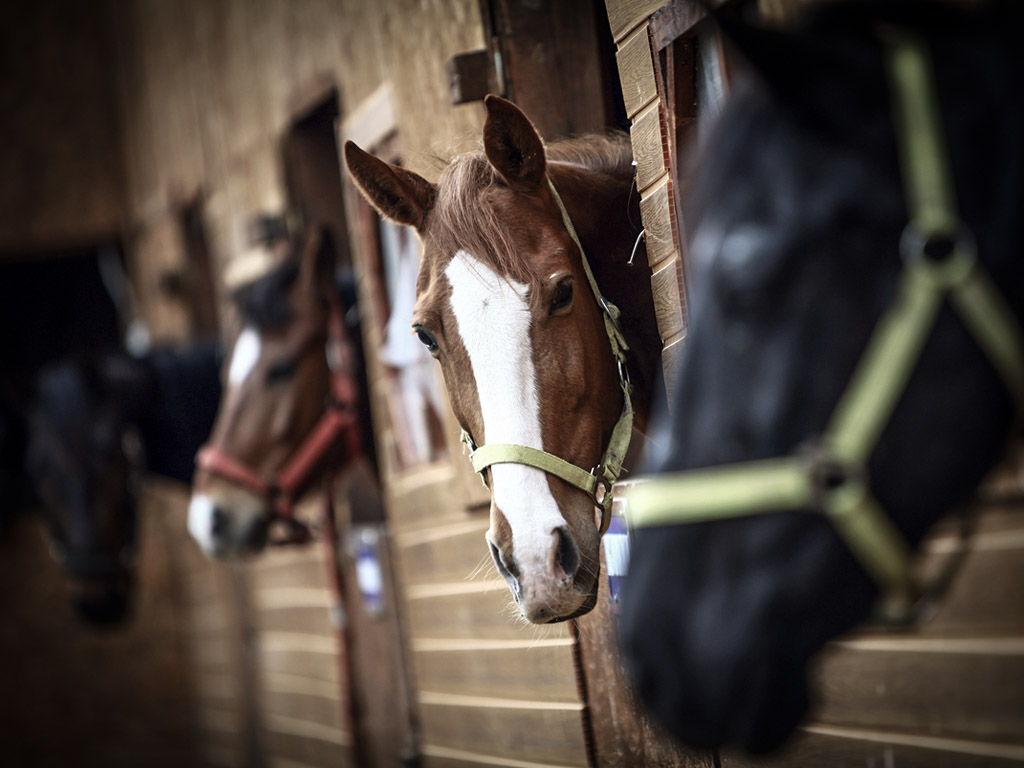Basic facts and figures about breeding mares.
Client Education | By Heather Farmer, DVM
Mares come into heat every 21 days roughly. They are in heat for approximately 7 days and out for roughly 14 days.
Often you may notice signs your mare is in heat. She may tease to a gelding in the next pasture or even a pasture mate. Signs she is in heat include raising her tail, winking her vulva at another horse turning her rear end toward another horse and peeing frequently small amounts of urine (squishing). During her heat cycle she will be receptive to the stallion.
Over the 7 days the mare will grow follicles on her ovary from small 15-20mm size to over 45mm before she ovulates and goes out of heat. Typically, we follow the size of the follicles by ultrasound until the follicle is greater than 35mm at which time we will schedule ship of the semen and the insemination. Once inseminated, we continue to follow the heat cycle until she has ovulated.
After ovulation is the long 14 days wait until we can ultrasound her to determine if she is pregnant.
At the pregnancy check, we are looking for a small 10mm – 15mm black dot indicating that she is pregnant.
Once pregnant we will ultrasound her again at 30 days to look for a heartbeat and again at 60 days to follow the growth of the fetus.
During gestation, we recommend Pneumoabort shots (also commonly referred to as antiabortion shots) which are a virus that can cause abortion. We recommend them at 5 months, 7 months, and 9 months.
At 10 months, we recommend vaccinating the mares for EWT, West Nile Virus, Flu/Rhino, and Rabies so the foal receives maternal antibodies against these diseases before birth.
Around 320 days we start watching the mare for signs she’s close to parturition.
Signs include:
· laxity in vulva
· softening of gluteal muscles
· enlarging or swelling teats
· wax development on teats
Most mares will foal at night time and are usually under watch for foaling for 2 weeks roughly. We offer foaling services at our facility to ease the stress of foaling.

